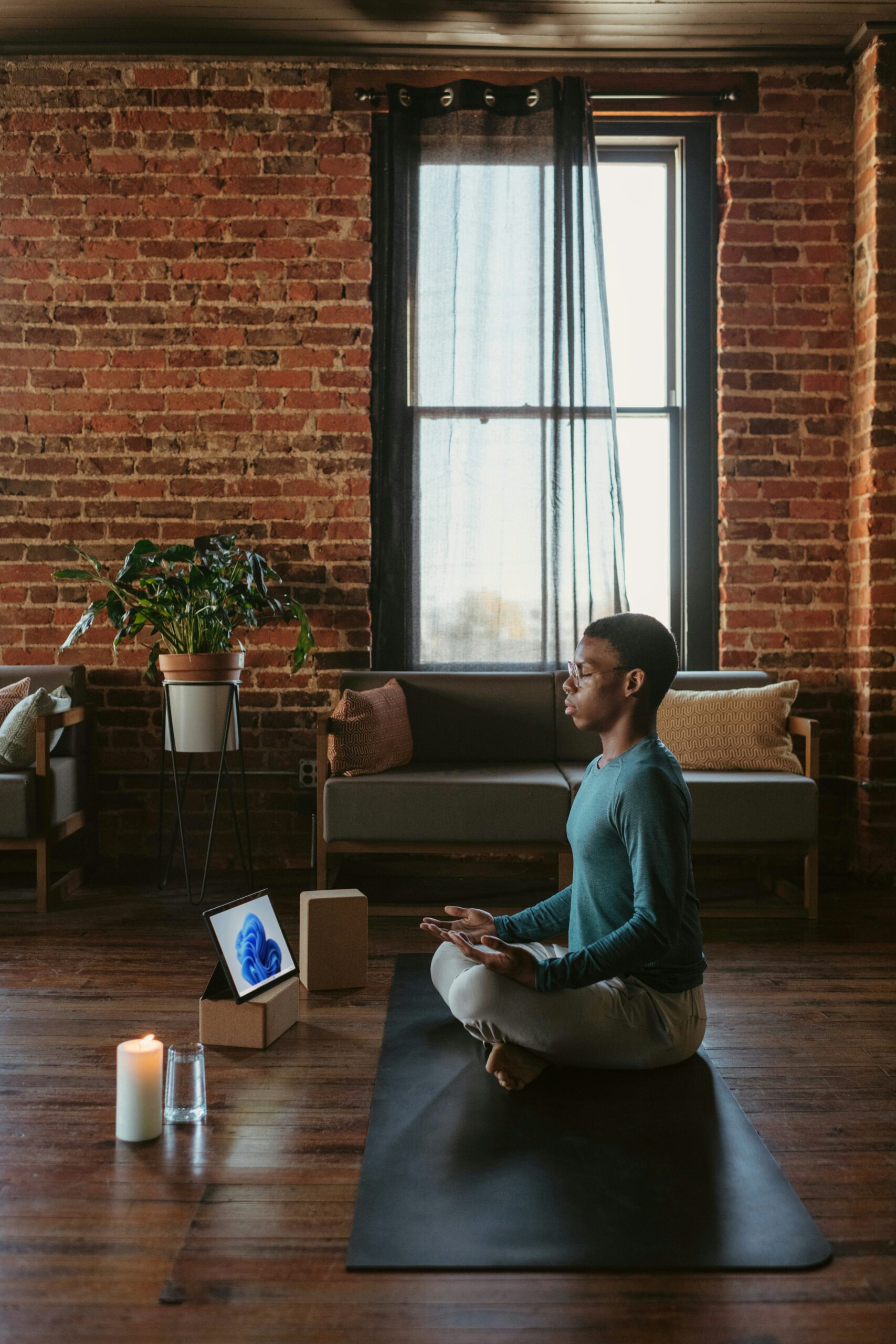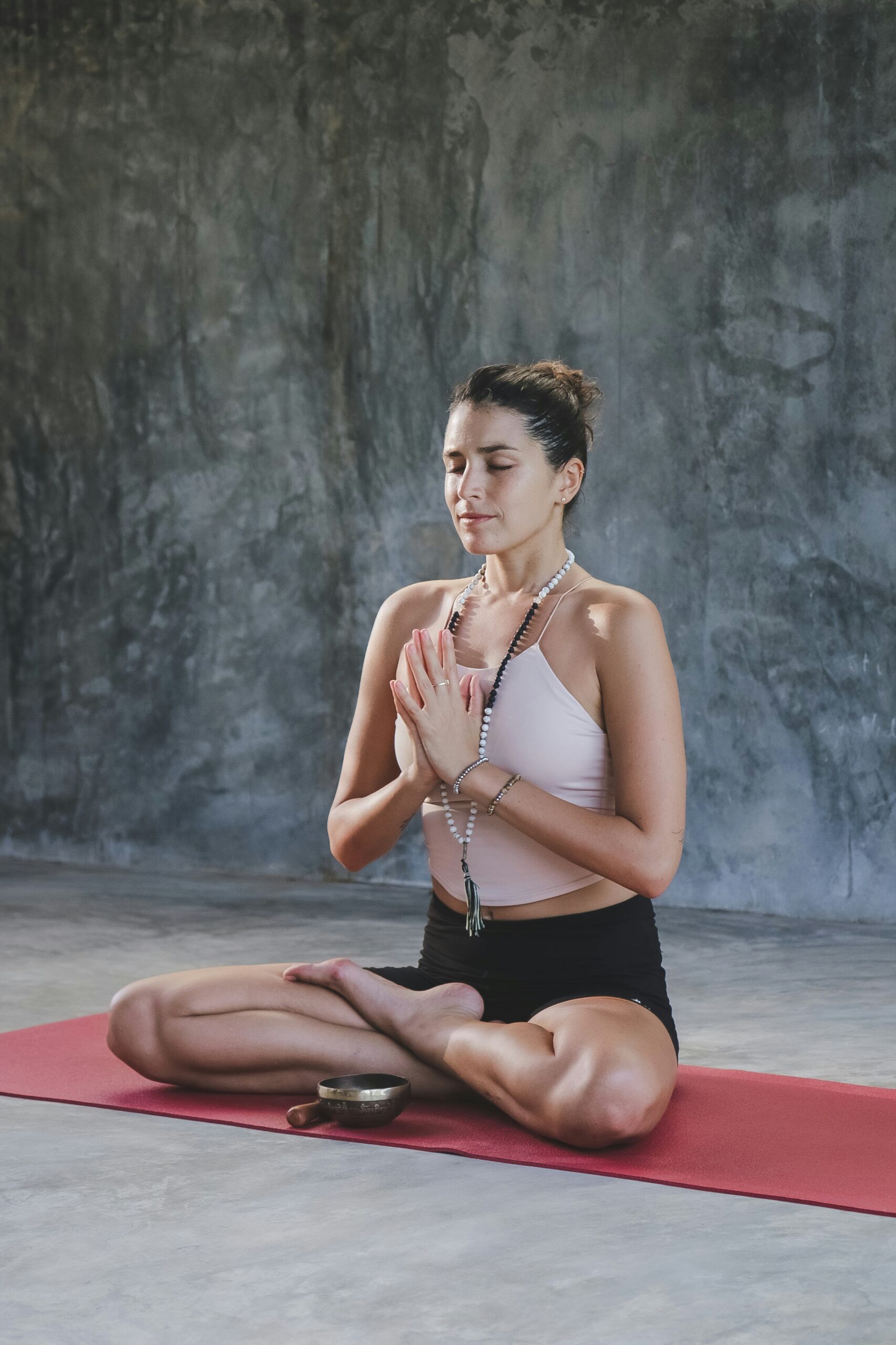Pilates: The Hidden Secret to a Calm Body & Mind
Welcome to the world of Pilates, a dynamic and transformative exercise method that can revolutionize your physical health and overall well-being. Whether you’re a fitness enthusiast or just starting your wellness journey, Pilates offers a multitude of benefits that extend far beyond the confines of a traditional workout routine. In this comprehensive article, we will explore the essence of Pilates, its origins, and delve into its myriad advantages. Get ready to uncover the power of Pilates and discover how this captivating exercise modality can help you achieve a balanced and vibrant body.
The Essence of Pilates:
At its core, Pilates is a holistic exercise system that aims to strengthen the body, improve flexibility, and enhance overall physical fitness. Developed in the early 20th century by Joseph Pilates, this groundbreaking methodology combines precise movements, breath control, and mindfulness to promote strength, stability, and a deep mind-body connection.
Unlike traditional forms of exercise that primarily focus on superficial muscles, Pilates targets the body’s deep stabilizing muscles, including the core muscles of the abdomen, lower back, and pelvic floor. By nurturing these essential muscle groups, Pilates cultivates a solid foundation for movement and develops a body that is strong, aligned, and resilient.
The Benefits of Pilates:
- Core Strength and Stability:
One of the key benefits of Pilates is its unrivaled ability to develop core strength and stability. By engaging the deep muscles of the abdomen and back, Pilates helps create a solid foundation for movement, improving posture and reducing the risk of injury. A strong core not only enhances athletic performance but also supports daily activities, such as lifting, bending, and even sitting for extended periods.
To illustrate the importance of core strength in Pilates, let’s look at a fundamental exercise called the “Hundred.” Begin by lying on your back with your legs extended and lifted to a 45-degree angle. Lift your head, neck, and shoulders off the mat while simultaneously lifting your arms off the ground, reaching them straight toward your toes. Pump your arms vigorously while breathing in for five counts and out for five counts. Repeat this cycle ten times, aiming for a total of 100 arm pumps. Throughout the exercise, focus on engaging your core, maintaining stability, and controlling your breath. The Hundred is just one example of how Pilates targets the core muscles, working to build strength, endurance, and stability.
- Improved Flexibility and Mobility:
Flexibility is a crucial aspect of overall fitness, and Pilates excels at improving flexibility and mobility. Unlike traditional stretching routines, Pilates exercises are designed to simultaneously strengthen and lengthen muscles, resulting in increased flexibility without sacrificing stability. By emphasizing controlled and precise movements, Pilates helps elongate muscles, release tension, and promote healthy joint function.
The “Roll-Up” exercise is an excellent illustration of Pilates’ ability to improve flexibility. Begin by lying flat on your back with your legs extended and your arms reaching overhead. In a smooth, controlled motion, engage your core and curl your spine, peeling each vertebra off the mat until you are seated upright, reaching forward to touch your toes. Reverse the movement to return to the starting position. As you perform the Roll-Up, pay close attention to the articulation of your spine, aiming for a seamless flow of movement. This exercise enhances flexibility in the spine, hamstrings, and hip flexors, while also activating the core muscles.
- Enhanced Posture and Body Alignment:
In our modern sedentary lifestyles, poor posture has become increasingly prevalent, leading to a variety of musculoskeletal issues. Pilates is a powerful tool for improving posture and promoting optimal body alignment. By targeting the deep postural muscles, Pilates helps rebalance the body, realigning it to its natural and efficient state.
A classic Pilates exercise that emphasizes posture and alignment is the “Swan Dive.” Begin by lying on your stomach with your legs extended and your arms reaching forward. Inhale deeply, engaging your core, and lift your head, chest, and arms off the mat while simultaneously lifting your legs. Extend your arms and legs away from each other, maintaining a long, aligned spine. Exhale as you lower back down. The Swan Dive exercise strengthens the muscles of the back, glutes, and shoulders, while also improving spinal extension and reinforcing good posture.
- Increased Body Awareness and Mind-Body Connection:
Pilates goes beyond the physical realm, fostering a profound sense of body awareness and promoting a strong mind-body connection. Through mindful movement, conscious breathing, and focused concentration, Pilates cultivates a heightened sense of body awareness, enabling individuals to better understand their bodies and make informed choices in their movement patterns.
The “Single Leg Stretch” exercise exemplifies how Pilates integrates the mind and body. Begin by lying on your back, bringing both knees into the chest. Lift your head, neck, and shoulders off the mat and extend your right leg forward while simultaneously pulling your left knee closer to your chest. Switch legs, extending the left leg forward and pulling the right knee closer. Continue this alternating movement, coordinating it with deep, controlled breathing. The Single Leg Stretch not only engages the abdominal muscles but also requires focus and concentration to maintain a stable position throughout the exercise.
- Stress Reduction and Mental Well-being:
In addition to its physical benefits, Pilates has a remarkable impact on mental well-being. The mindful nature of Pilates exercises, combined with the emphasis on breath control and relaxation, helps reduce stress and promotes a sense of calm and tranquility. By focusing on the present moment and engaging in purposeful movement, individuals can experience a release of tension and a heightened state of mental clarity.
The “Child’s Pose” is a restorative Pilates exercise that encourages relaxation and stress reduction. Begin by kneeling on all fours, then sit back onto your heels and lower your forehead to the mat, extending your arms forward. Breathe deeply, allowing your body to surrender and your mind to quieten. Hold this position for several breaths, feeling a gentle stretch through your back and shoulders. The Child’s Pose is a valuable tool for reconnecting with your breath and finding solace in stillness.
Conclusion:
Pilates is a holistic exercise modality that encompasses much more than physical fitness alone. By engaging the mind and body, Pilates fosters strength, flexibility, and balance, while also promoting mental clarity and overall well-being. Whether you’re seeking to improve core strength, enhance flexibility, correct posture, increase body awareness, or reduce stress, Pilates offers a myriad of benefits that can positively transform your life.
So, embark on this invigorating journey, discover the power of Pilates, and unlock the incredible potential within your body and mind. With dedication, practice, and a commitment to mindful movement, you can experience the countless rewards that Pilates has to offer. Embrace the challenge, embrace the joy, and embrace the transformative nature of Pilates. Your body and mind will thank you for it.





